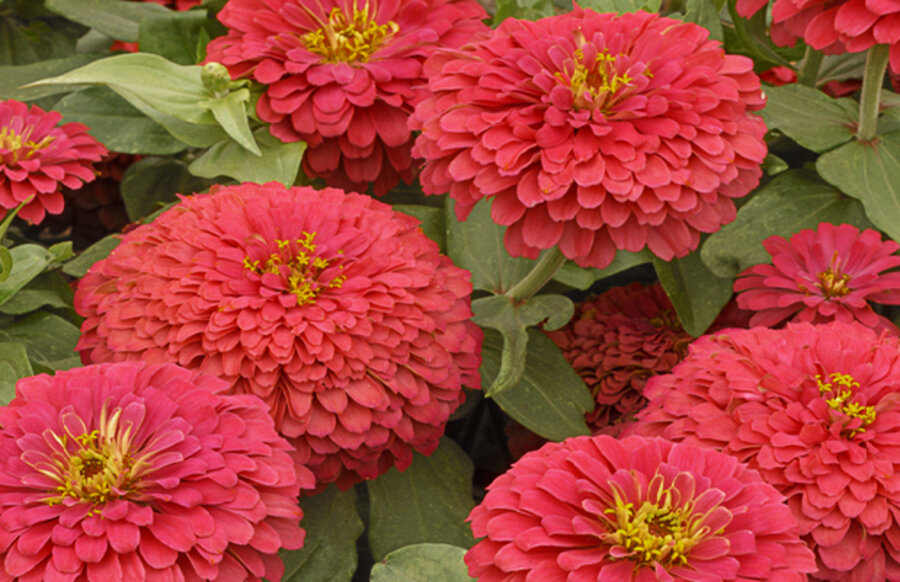First flowers to bloom in space on the International Space Station
Loading...
Astronauts tend to have impressive résumés: They’re experts in science and engineering, they can fly jets, and they’re physically fit. And, now they might have to add another skill to this list: gardening.
NASA announced yesterday that it has started growing the colorful and quick-sprouting Zinnia flowers on the International Space Station as part of an experiment named “Veggie.”
It will be the first time NASA grows a flower in space and will help astronauts figure out how to grow other flowering plants, like tomatoes, which the agency says it hopes to grow in 2017.
Experimenting with growing fresh food on the space station is one part of NASA’s mission to understand how living organisms behave in space so that it can try to keep astronauts healthy “as we venture beyond low-Earth orbit and head out to study an asteroid and eventually Mars,” the agency said.
“I think having this fresh food source available is going to be critical,” Gioia Massa, a project scientist at NASA Kennedy Space Center and the brainchild behind Veggie, told The Christian Science Monitor in a phone interview.
Astronauts have a lot of food options – from shrimp cocktail to grilled chicken – but most are freeze-dried for long storage, requiring mixing them with water to make a meal. Fresh fruits and vegetables show up occasionally at the space station with supply deliveries, but they run out quickly, Dr. Massa explains.
"The farther and longer humans go away from Earth, the greater the need to be able to grow plants for food, atmosphere recycling and psychological benefits," Massa said in a NASA announcement.
With little variety of colors and life on the space station, flowers and other plants could also help boost astronauts’ spirits while they're working there, she says.
“One benefit is just having this little piece of earth with you,” Massa says, “something green and growing.”
Astronauts started experimenting with Veggie last year when they grew red romaine lettuce in the same system that’s now growing the Zinnias: trays of water with bags seeds in a type of calcined clay used on baseball fields that increases aeration to help the plants grow. The growing plants are lit by LED lights and fertilized by an automatic release.
A NASA video shows delighted astronauts as they harvested and ate the lettuce aboard the space station in August. Russian astronauts have been able to grow vegetables like mizuna and peas for some time, using techniques developed on the Mir space station that was in orbit from 1986 to 2001.
The Zinnias will grow for 60 days, twice as long as the lettuce did. To stimulate the plants to flower, says NASA, it will switch between keeping the LED lights on for 10 hours and then off for 14.
“Growing a flowering crop is more challenging than growing a vegetative crop such as lettuce,” said Massa in a NASA announcement. “Lighting and other environmental parameters are more critical.”





